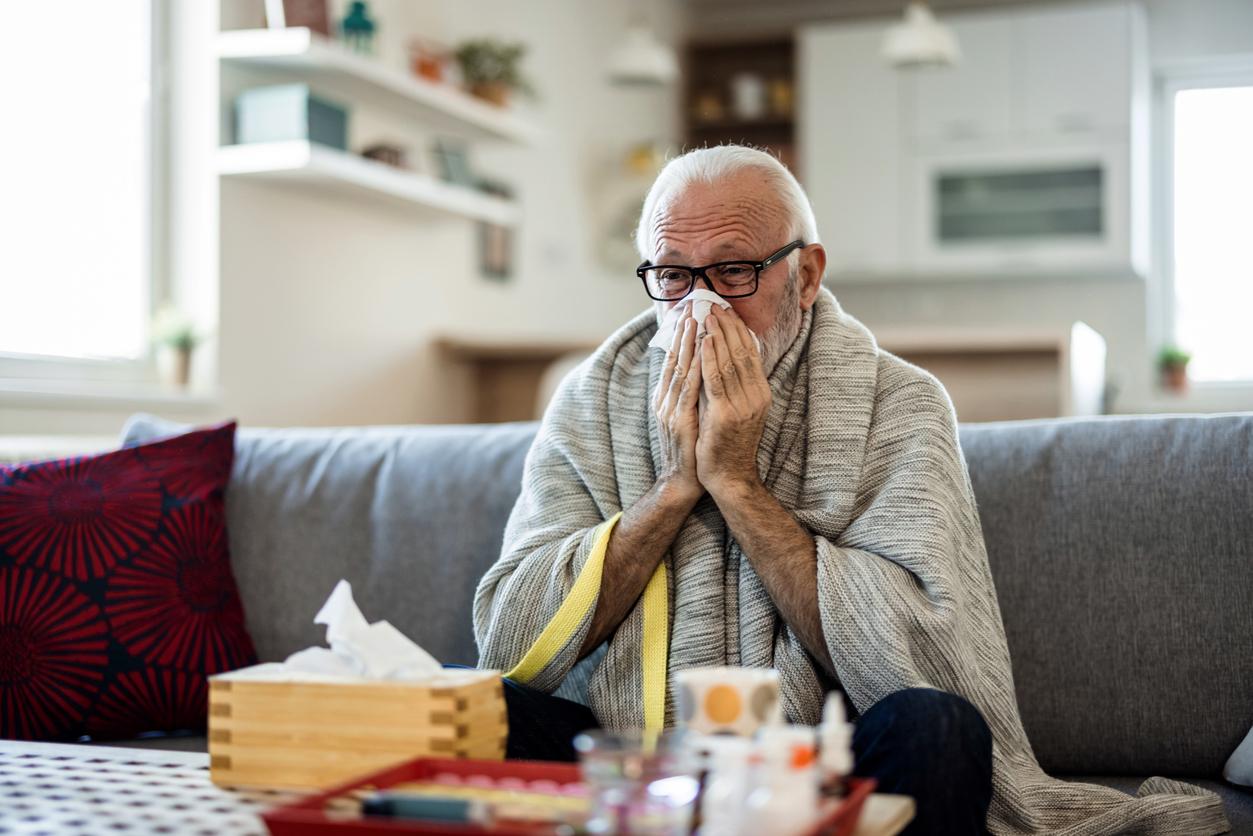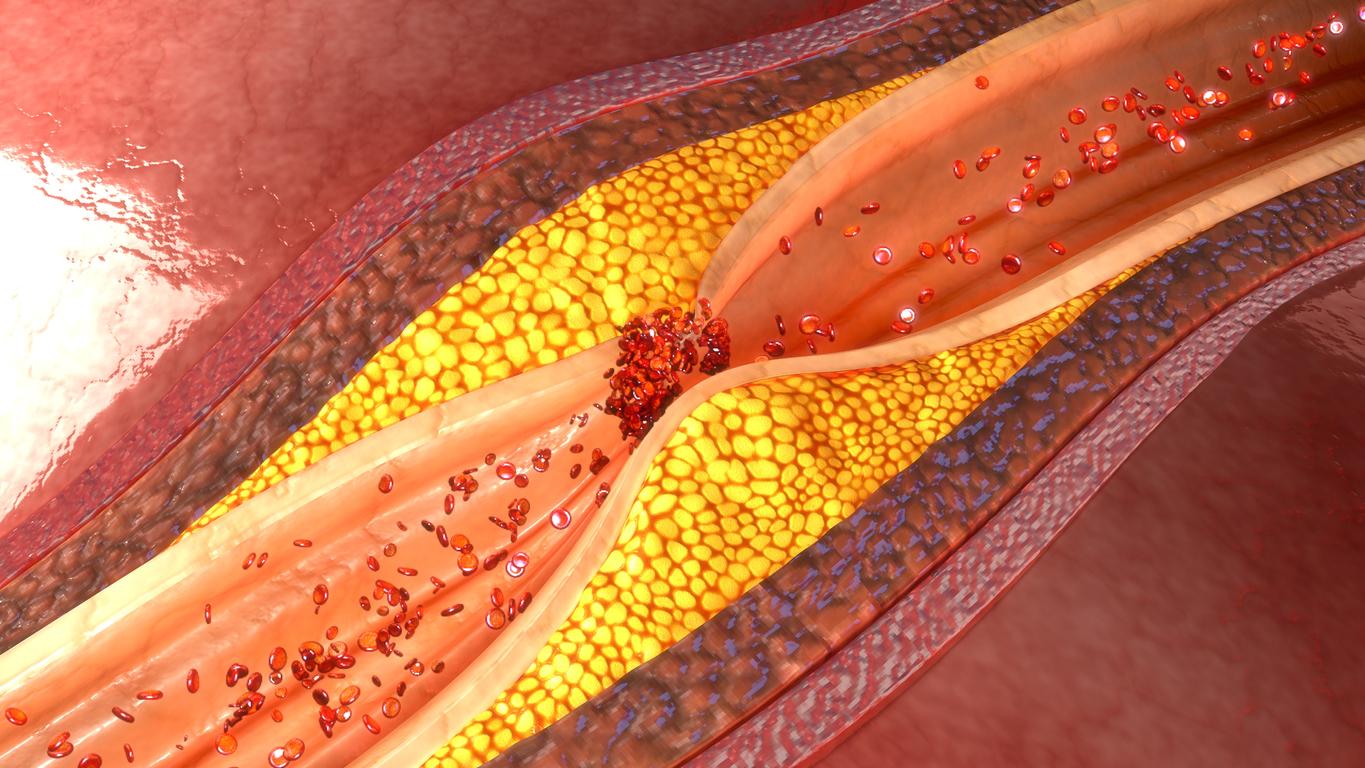
The number of “broken heart syndromes”, also called Takotsubo, named after a Japanese vase, is said to have increased fourfold during the Covid-19 pandemic.
What is broken heart syndrome?
Discovered in Japan in the 1990s, by its scientific name the cardiomyopathy, broken heart syndrome is a cardiac pathology linked to too much stress. The heart, as if stunned by this rise in stress, would tighten under the effect of catecholamines, a hormone produced in stressful situations. This temporary involuntary contraction of small vessels in the heart muscle leads to decreased blood flow and therefore organ failure.
Symptoms of a broken heart may be reminiscent of a myocardial infarction: chest pain, shortness of breath, wanting to vomit, syncope in some cases.
While we have been living in an anxiety-provoking climate for a year, it seems that the number of people affected by this pathology has increased.
The impact of the pandemic on this pathology
According to an American study led by researchers at the Cleveland clinic, cardiomyopathy has increased significantly since the arrival of Covid-19.
Indeed, the number of patients with broken heart syndrome has multiplied by 4.58, with 7.8% diagnosed patients, against 1.7% before the coronavirus.
For Dr. Ankur Kalra, cardiologist at the Cleveland Clinic, “Covid-19 has caused multiple levels of stress in people’s lives. They are not only worried about themselves or their families, they also face economic and emotional problems, societal problems and potential loneliness and isolation ”.















